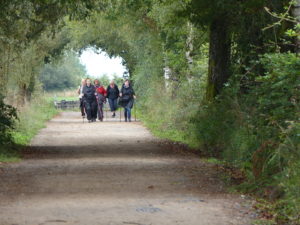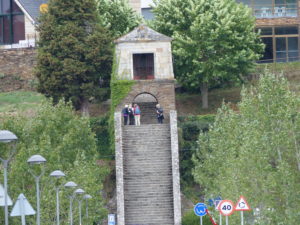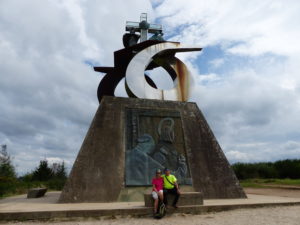
Hike The Way-st-James in Spain
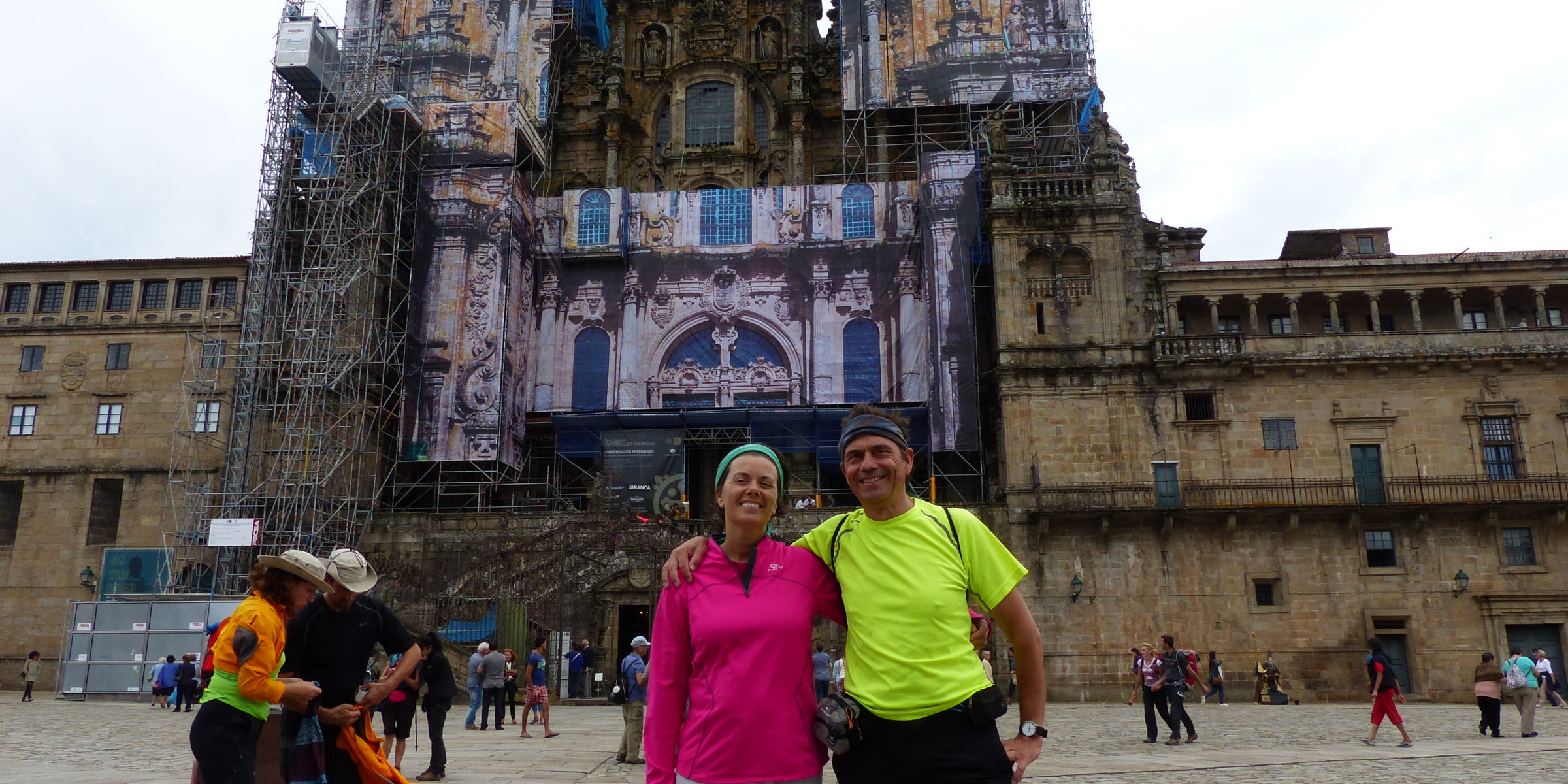
Hike The Way of St. James by The French Way.
Hike The Way, due to its lengthy history, this is the main Way of St. James , and the one that accumulates most footsteps per aquare metre. More tan 80% of pilgrims choose it, and it also has the highest density of both piblic and privately run hostels. It is the route that was described in the tewlfh century by the French cleric Aymeric Picaud in the Calixtine Codex, an essential text referring to the pilgrimage in mediaeval times.
Hike and culture
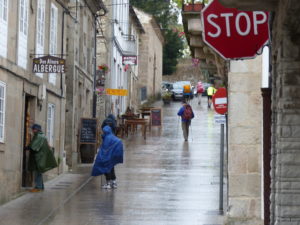
After crossing the whole of northen Spai from France, the French Way enters Galicia through the village of O Cebreiro, famous for its pallozas or thatched pre-Roman huts, one of which is now a museum. Here we also find the church os Santa Maria, with its mediaeval chalice that became the focal point of a famous miracle.
The route continues through mountainous territory, including the highly characteristic churches of Liñares and Hospital da Condesa, then leading to two high mountain passes bfore a long descent towards Triacastela. Here pilgrims have to chooses which route take: either through San Xil – the most frequently used branch, and with more historic roots- or through Samos, with its impresive monastery dating back to before the tenth century. Both branches meet up again closet o Sarria, a town which has a lasge number of antiques shops. The layout of the Calle Mayor- its high Street – reveals that it has always been frequented by pelgrims.
From here the Way crosses over the bridge of Ponte Áspera, and them climbs through the Woods of Barbadelo to reach Portomarín, a town that reborn on its high point, with its church included, after the mediaeval town was submerged beneath the waters of the reservooir of Belesar in 1960s. It ten continues on through Palas de Rei and on to Melide, with its magnificient churches.
Further ahead are Arzúa and Pedrouzo, leading an to a short but steady climb towards Lavacolla and the Monte Gozo, from where the towers of the cathedral can be seen for the first time. From here, Santiago is just a stone’s throw away.
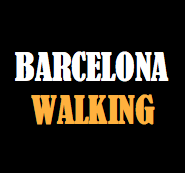 BarcelonaWalking Barcelona Hiking Barcelona Montserrat Costa Brava Pyrenees
BarcelonaWalking Barcelona Hiking Barcelona Montserrat Costa Brava Pyrenees